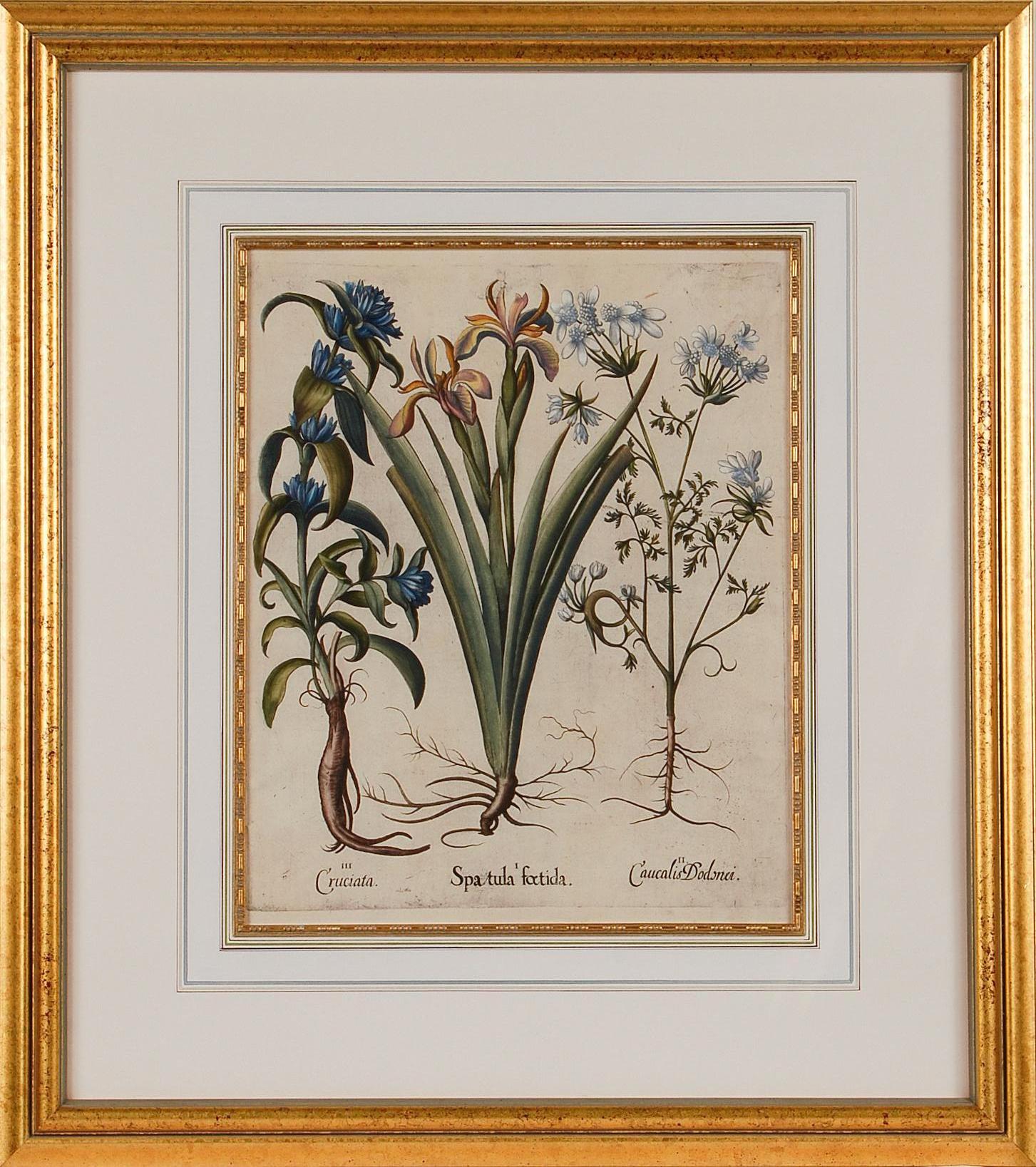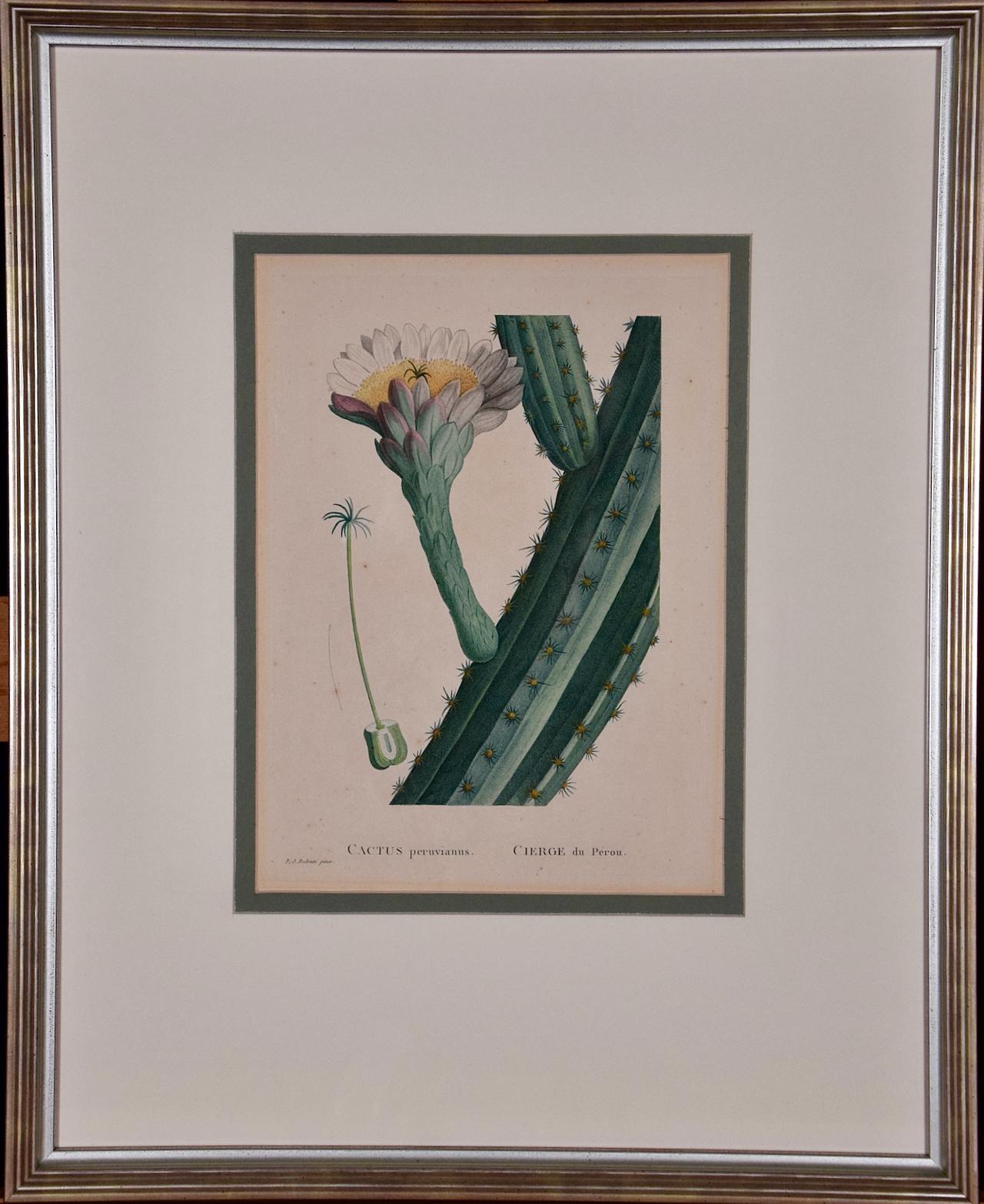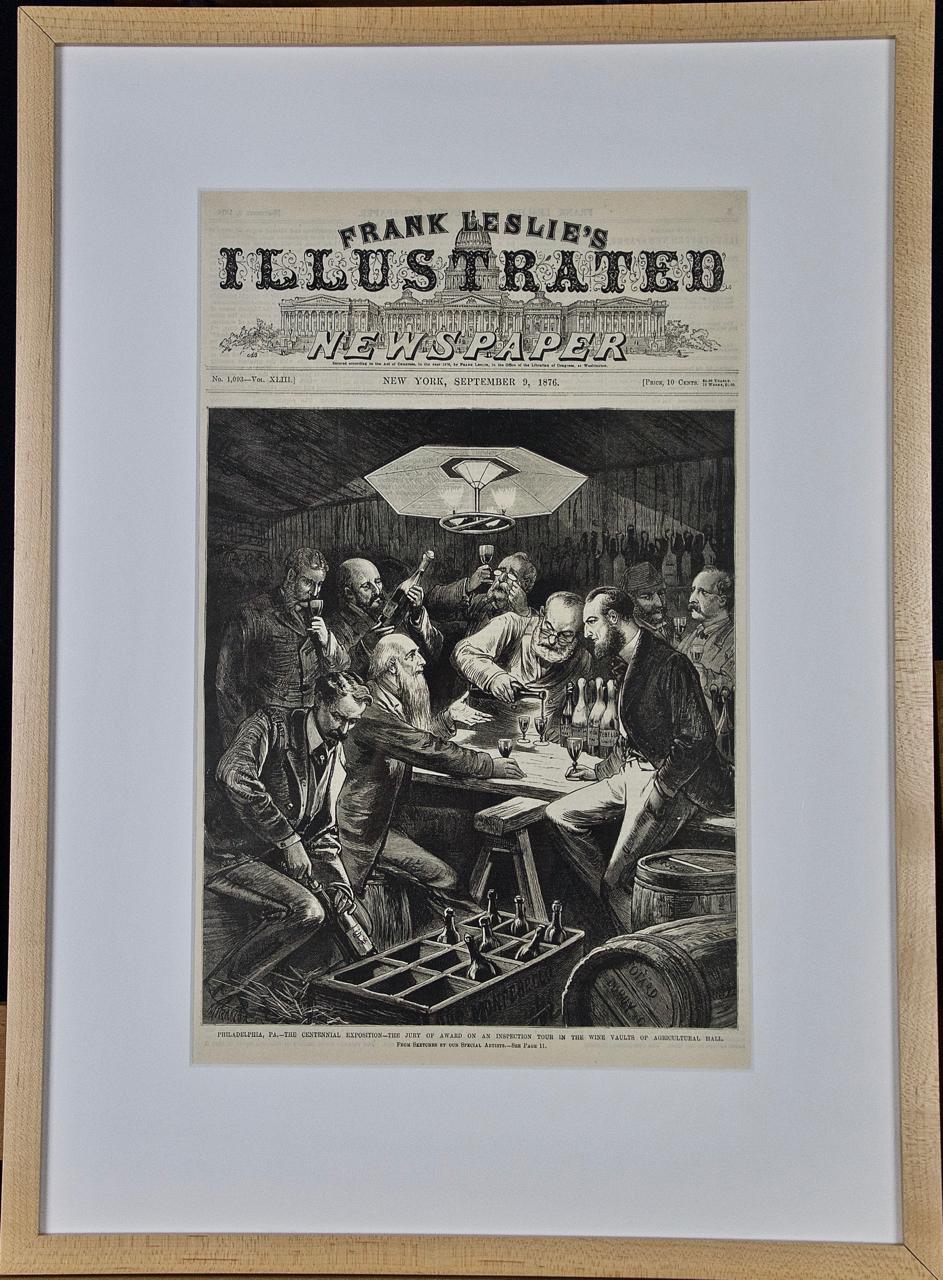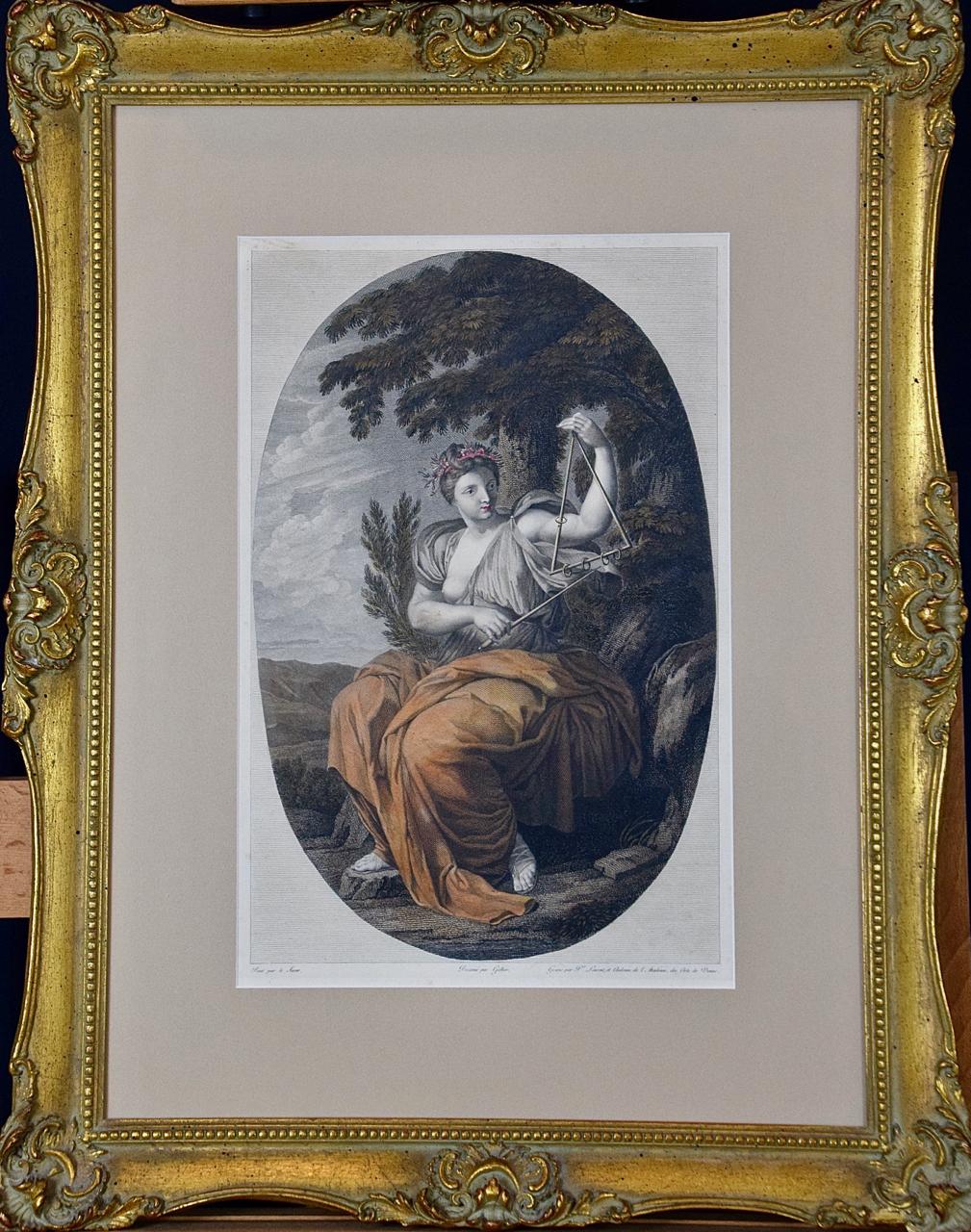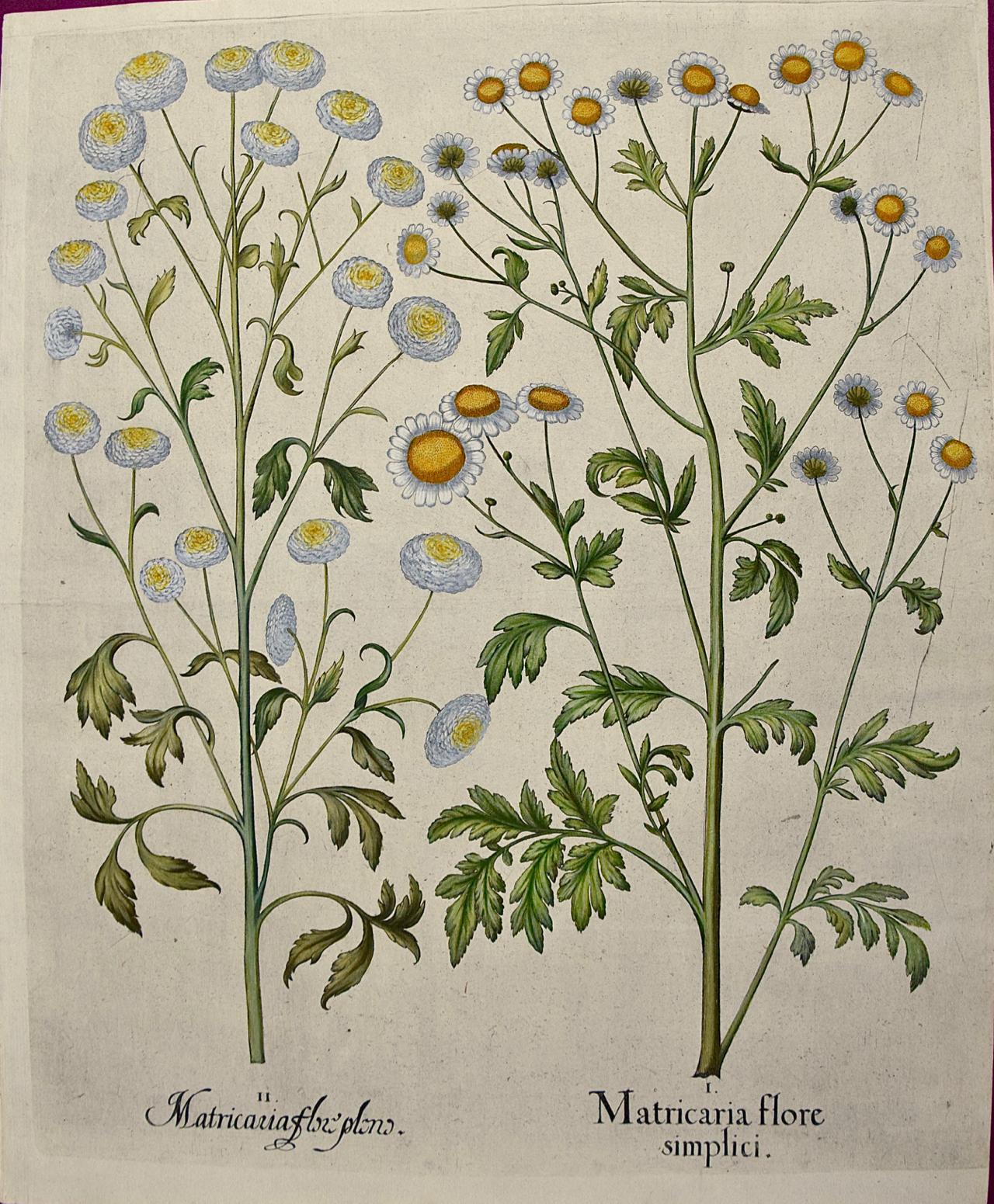Items Similar to THE GREAT FAIR GIVEN AT THE CITY ASSEMBLY ROOMS, NEW YORK, DECEMBER, 1861
Want more images or videos?
Request additional images or videos from the seller
1 of 5
THE GREAT FAIR GIVEN AT THE CITY ASSEMBLY ROOMS, NEW YORK, DECEMBER, 18611861
1861
About the Item
After Homer, Winslow. THE GREAT FAIR GIVEN AT THE CITY ASSEMBLY ROOMS, NEW YORK, DECEMBER, 1861 IN AID OF THE CITY POOR. Wood engraving after a drawing by Homer, published in Harper's Magazine December 28, 1861. 13 3/8 x 20 1/4 inches, 340 x 515 mm. (image); 16 3/8 x 23 1/16 inches, 416 x 585 mm. (sheet). In very good condition.
"This engraving shows a charity event for the poor held in Manhattan during the first holiday season of the Civil War. Organized by a local women's group, the benefit was, according to the accompanying text in Harper's Weekly, "a complete success. The array of beauty and fashion which gathered round the tables has never been surpassed, and the proceeds will prove a handsome fund." Like the Brooklyn Sanitary Fair three years later, this popular gala provided a variety of entertainments for an urban audience and was orchestrated primarily by women volunteers." (Brooklyn Museum of Art Website).
- Creation Year:1861
- Dimensions:Height: 17 in (43.18 cm)Width: 24 in (60.96 cm)
- Medium:
- After:Winslow Homer (1836 - 1910, American)
- Period:
- Condition:
- Gallery Location:Portland, ME
- Reference Number:
About the Seller
5.0
Recognized Seller
These prestigious sellers are industry leaders and represent the highest echelon for item quality and design.
Platinum Seller
These expertly vetted sellers are 1stDibs' most experienced sellers and are rated highest by our customers.
Established in 1966
1stDibs seller since 2016
297 sales on 1stDibs
Typical response time: 2 hours
Associations
International Fine Print Dealers Association
- ShippingRetrieving quote...Ships From: Portland, ME
- Return PolicyA return for this item may be initiated within 10 days of delivery.
More From This SellerView All
- NACH DEM BAD (AFTER THE BATH)By Hermann Max PechsteinLocated in Portland, MEPechstein, Hermann Max (German, 1881-1955): NACH DEM BAD (AFTER THE BATH). Krueger R 118. Etching and drypoint, 1920. Signed in pencil. Published by Die Schaffenden, with its blindst...Category
1920s Figurative Prints
MaterialsDrypoint, Etching
- TWO FROM CHARLIEBy Peter MiltonLocated in Portland, MEMilton, Peter. TWO FROM CHARLIE M.48. Lift-ground etching and engraving, 1967. Edition of 75. Signed, titled, dated and numbered 49/75, all in pencil. 9 x 6 inches (plate), 13 1/2 x ...Category
1960s Figurative Prints
MaterialsEngraving, Etching
- PICNICBy Peggy BaconLocated in Portland, MEBacon, Peggy. PICNIC. Drypoint, 1926. Titled and signed in pencil. 5 7/8 x 8 3/8 inches. Printed on laid paper with deckle on four sides. Very faint matstain, else in excellent c...Category
1920s Figurative Prints
MaterialsDrypoint
- ICE CREAMBy Peggy BaconLocated in Portland, MEBacon, Peggy (American, 1895-1987). ICE CREAM. Flint 6. Drypoint, 1918. Edition size not known, but likely very small. Titled "Ice Cream," dated "Nov. 19...Category
1910s Figurative Prints
MaterialsDrypoint
- DEJEUNERBy Albert BesnardLocated in Portland, MEBesnard, Albert. DEJEUNER. D.50. Etching and Drypoint, 1886. Edition of 100. 12 3/8 x 9 5/8 inches, 315 x 243 mm., with small margins (probably trimmed). Signed in pencil and ann...Category
Late 19th Century Figurative Prints
MaterialsEtching, Drypoint
- THE BRIDGEBy Frank BensonLocated in Portland, MEBenson, Frank. THE BRIDGE. Paff 227. Drypoint on copper, 1923. A trial proof of the second state, printed on uncalendared Japanese Vellum, annotated "B-1," the first of two trial pro...Category
20th Century American Realist Figurative Prints
MaterialsDrypoint
You May Also Like
- Flowering Iris & Other Botanicals: Framed 17th C. Besler Hand-colored EngravingLocated in Alamo, CAThis is a hand-colored copper-plate engraving entitled "I. Spatula foetida - II. Caucalis Dodonei - III. Cruciata", depicting three flowering plants, including an Iris, from Basilius Besler's landmark work, Hortus Eystettensis (Garden at Eichstatt), first published in 1613 in Eichstatt, Germany near Nuremberg and later in 1640 and 1713. This beautiful hand-colored botanical engraving is presented in a gold-colored wood frame with a French mat...Category
Mid-17th Century Academic Still-life Prints
MaterialsEngraving
- Redoute Hand-colored Engraving of Cactus Flowers "Cactus Peruvianus Cierge"By Pierre-Joseph RedoutéLocated in Alamo, CAThis framed hand-colored stipple engraving entitled "Cactus Peruvianus Cierge du Pérou" by Pierre-Joseph Redouté, Plate 58 from his illustrated publication 'Plantarum Historia Succulentarum ou Histoire des Plantes Grasses', published in Paris in 1799. It depicts a branching limb of a cactus with a beautiful flower. There is a separate detail of the anatomy of a seed with early growth. Redoute was a pioneer of the stipple engraving technique, which he used to create this image. It involves utilizing a series of small dots worked into a copper plate rather than the more common lines. These dots can be made smaller or thicker depending on the degree of opacity the artist intends for various areas of the print. When inked and applied to paper, this allows for a greater portion of the paper to be seen, which accentuates the appearance of luminosity of the subject the artist is creating. Different color inks are used in the printing process, a time consuming technique known as "a la poupee". The engraving is then finished with watercolor to further enhance the beauty and realism of the print subject. This engraving of a flowering cactus is presented in silver-colored ribbed wood frame and a double mat; cream-colored outer mat and heather green inner mat. The frame measures 21.25" high by 17.25" wide by 1.13" deep. The sheet measures 19.88" high by 14" wide. There are wide margins with a few short tears and chips along the the left, right and upper edges, which are all covered by the mat. There are small spots predominantly in the margins, with a few present in the image area. The print is otherwise in very good condition. There is another Redoute flowering cactus listed on 1stdibs, LU117326853392, which is framed and matted identically to this one. The pair would make an attractive display grouping. Pierre-Joseph Redouté (1759-1840), was a painter and botanist originally from Belgium, who pursued his extremely successful artistic career in France. He is well known for his watercolor paintings of roses, lilies and other flowers and their subsequent folio-sized, color stipple engravings. Some believe him to be the greatest botanical illustrator of all time. Redouté was a favorite of the French royal court at the time and of the post French...Category
Late 18th Century Naturalistic Still-life Prints
MaterialsEngraving
- "Inspection Tour in the Wine Vaults", 1876 Philadelphia Centennial ExpositionLocated in Alamo, CAThis engraving is entitled "Philadelphia, PA- The Centennial Exposition - the Jury of Award on an Inspection Tour in the Wine Vaults of Agricultural Hall", ...Category
Late 19th Century Naturalistic Interior Prints
MaterialsEngraving
- Muse Terpsichore: Framed Hand-colored 19th C. Engraving after 17th C. PaintingLocated in Alamo, CA"Dessine par Gallier" is a hand-colored engraving and etching by Pierre Laurent (1739-1809) and Pierre Audouin (1768-1822) after a painting by Eustache Le Sueur...Category
Late 18th Century Romantic Figurative Prints
MaterialsEngraving, Etching
- Flowering Feverfew Plants: A 17th C. Besler Hand-colored Botanical EngravingLocated in Alamo, CAThis is a hand-colored copper plate engraving entitled "Matricaria Flore Simplici, Matricaria Flore Pleno, depicting flowering Feverfew and Double-flowered Feverfew plants, from Basilius Besler's landmark work, Hortus Eystettensis (Garden at Eichstatt), first published in 1613 in Eichstatt, Germany near Nuremberg and later in 1640 and 1713. The feverfew plant is also known as featherfew, featherfoil, or bachelor’s buttons...Category
1640s Academic Still-life Prints
MaterialsEngraving
- Tool Drypoint: Wrench by Jim Dine, black and white tool still life sketchBy Jim DineLocated in New York, NYJim Dine drew the plate for this image in the same period as his “Thirty Bones of My Body” 1972 portfolio of drypoint tool images. Crisbrook paper (30 x 22 in. / 76.2 x 56 cm.) and p...Category
1970s Modern Figurative Prints
MaterialsDrypoint
Recently Viewed
View AllMore Ways To Browse
The New York Table
New York 19th Century
Antique Rooms
New York Antique Fair
Antique Harp Table
Harpers Weekly
Gala Table
Winslow Homer Engravings
1930s Book Ends
Skinner And Co
Vintage Blue Bird Prints
Home Erotic Art
Vintage 1940S Cars
Erte Costume
Chicago Miro
Marc Chagall The Bible
Old Vintage Castles
Old Vintage Castle
